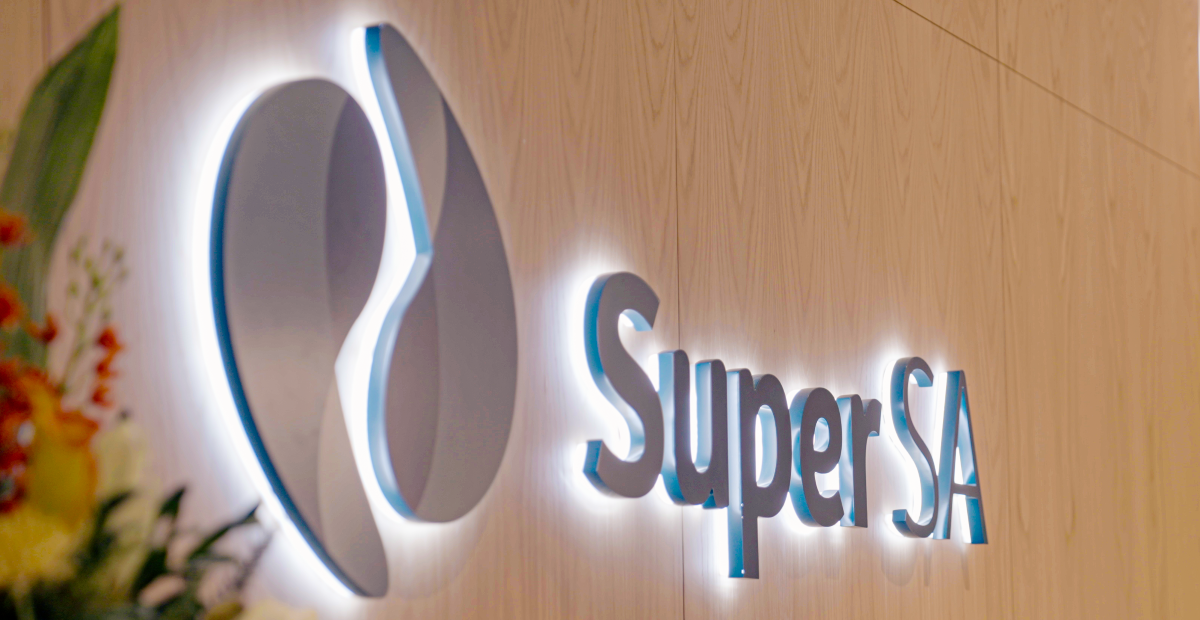Triple S is untaxed: find out what this really means
21 July 2025Section Heading

Super funds aren’t all taxed the same. Understanding the difference between a taxed and an untaxed fund can help you make smarter decisions – especially when it comes to growing and accessing your super.
If you’re with Triple S, you’re part of a rare type of super scheme that works a little differently from most. And while the term ‘untaxed’ might sound like a win it’s important to know what it actually means in practice. Let’s unpack it.
What does ‘untaxed’ mean?
Triple S is an untaxed super fund – also known as a tax-deferred fund.
That doesn’t mean you don’t pay tax on your super. It just means you pay it later, when your super is moved out of your Triple S account, rather than upfront when contributions are made or while investment earnings accumulate.
This is different from taxed super funds, where tax is taken out along the way, typically at a flat rate of 15% on employer and salary sacrifice contributions, and investment earnings.
The benefit? More super growing over time
Because Triple S contributions and investment earnings aren’t taxed upfront while your super is in its accumulation stage, your full balance stays in the fund and continues to grow.
The tax on your super is deferred until you access it, which means your entire balance can remain invested and benefit from compounding returns over time. This approach can lead to a higher overall balance, particularly for long-term members.
Tax still applies – and it’s generally 15%
Although you’re not taxed upfront, you will pay tax eventually – typically when you move money out of your Triple S account. This might be through:
- Withdrawing a lump sum (cash payment)
-
Transferring to another product, like Super SA’s Flexible Rollover Product or Income Stream or another super fund.
In most cases, tax is applied at a rate of 15% when you access your super – especially if you’re aged 60 or over. But the actual amount can vary based on factors like:
Your age
People aged 60 or over are typically eligible for more favourable tax treatment, including a 15% tax rate on the taxable (untaxed) component1 of their benefit and no tax on the taxable (taxed) component.
How you access your super
Rolling over to another fund or withdrawing a lump sum can lead to different tax outcomes. Generally, where tax is payable on a cash withdrawal, a 2% Medicare levy will also apply.
The components of your super balance
Your super may include tax-free and taxable components. Taxable components, especially those in untaxed schemes like Triple S, may attract tax when accessed – generally at 15% if you're over 60, or up to 30% if you're under 60.
Every situation is different
Because your personal circumstances – like your age, how you access your super and the components that make up your super balance – play such a big role in how tax applies, it’s important to understand your options before making decisions.
For example:
- Rolling over your Triple S super to another fund is likely to result in tax being deducted at the time of transfer.
- Taking a lump sum before age 60 may attract higher tax than if you wait.
- Withdrawals made due to total and permanent disablement or terminal illness may be taxed differently again.
Timing and the way you access your super can make a real difference to how much tax you pay – and how much you keep.
Want to know more?
There’s a lot to consider when it comes to tax and super. Visit the Triple S Reference Guide for more details on ‘How super is taxed’ or ask us. Our Member Services team can answer all your general questions. Alternatively, speak with a tax accountant or financial planner who is familiar with Triple S super.
Section Heading



